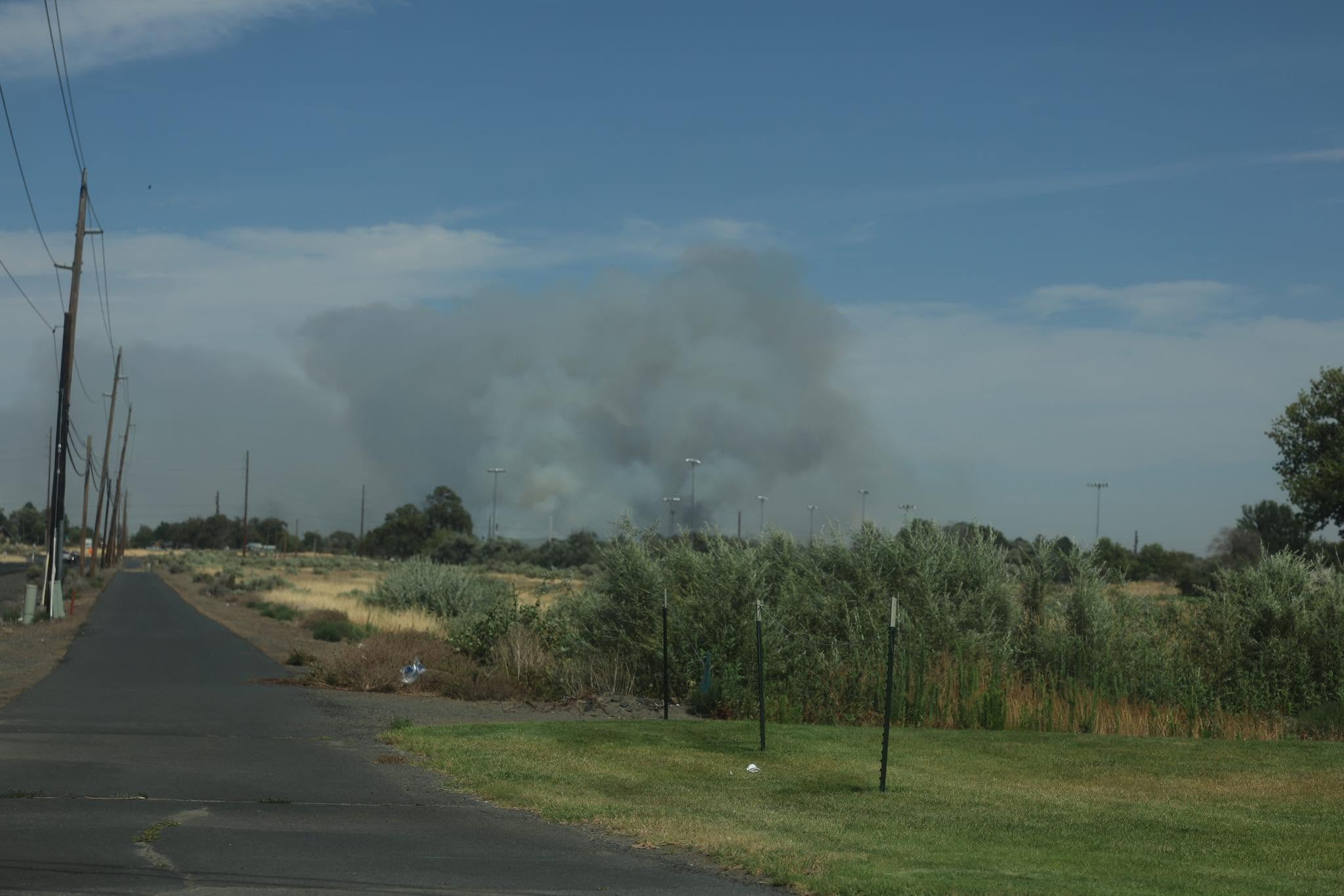COVID-19 worsens in Oregon even as vaccines appear ready to arrive
Published 8:00 am Saturday, November 28, 2020

- Inscription COVID-19 on blue background with red strain model of coronavirus
SALEM — Airplanes on Friday, Nov. 27, were symbols of both fear and hope in the escalating fight against the COVID-19 pandemic.
Fear as airports saw more than 1 million passengers pass through security across the country three times in the past week, despite warnings travel would accelerate the rapid spread of the virus.
Hope as United Airlines reported flying the first doses of COVID-19 vaccine to pre-positioned spots around the nation. The shots will be ready for use as soon as government approval comes as early as mid-December.
The Oregon Health Authority reported 826 new COVID-19 cases and three deaths on Nov. 27, a steep drop from the 1,514 cases and 15 deaths reported on Nov. 26.
The Oregon Health Authority said not all counties reported their new cases and deaths because of staff not working on the Thanksgiving holiday. While the numbers were unusually low in the Nov. 27 report, OHA said the numbers on Saturday, Nov. 28, could be unusually high due to the delay. The Nov. 27 report showed just 14 new cases in Multnomah County, which includes Portland. The Nov. 26 report had 289 cases.
On Monday, Nov. 30, state officials will announce the status of counties for a new four-level COVID-19 risk rating. It replaces the statewide “Two-Week Freeze” scheduled to end Dec. 2.
A preliminary report this week placed 21 of 36 counties in the “extreme risk” category and seven more in the “high risk” level. Other counties will have wider latitude in deciding limits on businesses and gatherings.
“A one-size-fits-all approach did not make sense moving forward,” Gov. Kate Brown said earlier this week.
State officials say their top priority is maintaining public health. But they recognize the financial and emotional upheaval Oregonians have endured as the pandemic stretches into its 10th month.
“It’s stolen their livelihoods, their homes or their emotional wellbeing without ever having attacked their bodies,” said Pat Allen, the Oregon Health Authority director.
The race is now between the virus and the vaccines.
United Airlines said that some of its aircraft had been chartered to fly the first 6.4 million doses of a vaccine developed by the pharmaceutical giant Pfizer to spots around the country.
Emergency approval of the vaccine by the Food and Drug Administration could come as early as Dec. 10. Designated hospitals will have the first shots ready to go almost immediately.
The vaccine will need time to counter a virus that has infected 61.5 million people around the globe, killing 1.44 million.
More than 13 million Americans have been infected by COVID-19 and 264,000 died. Though the United States has just 4% of the world’s population, it accounts for roughly 20% of infections and deaths.
The logistics of the vaccines will challenge the medical system around the country. The first vaccines will require two shots — spaced as much as a month apart.
Health authorities worry infection rates are up again as people let down their guard to visit friends and family during the holidays.
For the first time since March, more than a million passengers passed through airports on Nov. 21, then again on Nov. 22 and Nov. 25.
The American Automobile Association forecast 50 million Americans would take Thanksgiving trips, mostly by car. That’s just 10% less than usual, showing the “quarantine fatigue” gripping many Americans.
Christmas usually generates twice the traffic of Thanksgiving. Health official are cringing at the idea of upwards of 100 million crisscrossing the nation, adding fuel to the already large jump in infections.
The pain would be felt much broader than in the initial waves of COVID-19 in late winter and again in summer.
The five states reporting the biggest jump in new infections per capita over the past week are North Dakota, Wyoming, New Mexico, Montana and South Dakota, according to an analysis of state and local health reports compiled by the New York Times.
Oregon ranks 41st in infection rates over the past week — better than California and Florida, but worse than New York, Virginia and North Carolina. Hawaii is the only state maintaining its relatively low infection rate.
Oregon set COVID-19 records over the past week. Total infections passed the 70,000 mark on Thanksgiving Day. The state set a new one-day record of 1,517 infections on Nov. 21. The record of 21 deaths in one day was set Nov. 24.
The report on Nov. 27 that distribution of a vaccine developed by Pfizer was welcome news. But creating enough doses to reach every corner of the country will likely take until late spring.
Since the inoculation requires two shots, the first batch of 6.4 million doses will inoculate only 3.2 million of the nation’s 328 million people.
Preliminary plans call for states to receive doses on a per capita basis. Oregon’s estimated 4.2 million residents account for about 1.2% of the national population.
If the distribution does follow the per capita model, Oregon would receive enough vaccine for 38,400 people. First up are front line medical workers. A top priority are those living and employed at congregant care facilities such as nursing homes. With numerous older and sicker residents living close together, the facilities have accounted for more than half of the deaths in Oregon.
Pfizer hopes to manufacture over 1.3 billion doses by the end of 2021. The United States has bought or reserved 600 million doses from Pfizer — enough to inoculate 300 million people.
A second vaccine from Moderna is being fast-tracked toward emergency approval as early as next month.
Tests have shown both vaccines to be effective on 90% of people. The U.S. government plans to offer the shots at no charge.
A vaccine from the British-Swedish company AstraZeneca slowed its development for the American market after test data didn’t meet some standards.
But the British government has expressed confidence in the vaccine, developed with Oxford University. It could be approved for use as soon as next week. The country has suffered 66,000 COVID-19 deaths and like much of the world, is seeing an increase in cases as fall moves into winter.
At least 55 vaccines are in some form of clinical trials on humans. Each success will create a quicker, larger wave to reach the world’s 7.8 billion people in record time.









